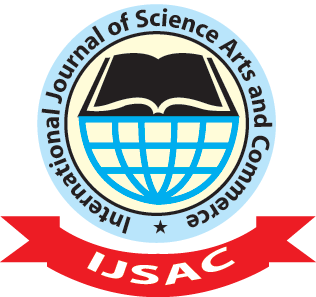Abstract
James Joyce and Pablo Picasso worked in different media and yet while on the surface their work may seem quite dissimilar, a further analysis reveals a much closer relationship: what Picasso was doing with the visual image, Joyce was doing with the verbal image. This paper is a brief analysis of the technical and thematic relationships between the works of Joyce and Picasso. We examine Picasso's and Joyce's corpora primarily in terms of Picasso's Cubist work as it relates to Joyce's Ulysses and how each utilized parallel techniques to achieve similar effects. We also briefly discuss their non-Cubist moments (pre/post-Cubist) and certain thematic similarities. Cubism in art is technically a breaking down of three-dimensional space constructed from a fixed point of view. We find that while Picasso does this visually, Joyce uses the same techniques verbally - his narrative cuts and breaks down traditional perceptual conceptions and transforms them into a new means of experiencing the printed word, much as the Cubist transforms these same perceptual conceptions on the canvas. Examples are provided from the work of both "artists." Another important relationship between Joyce and Picasso is found in their approaches to their material. These spatial/temporal experiments are almost always based upon something real, often autobiographical in nature, which they are deconstructing.
